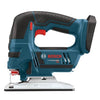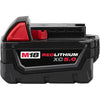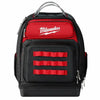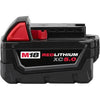Common Mistakes to Avoid When Using a Drywall Hammer
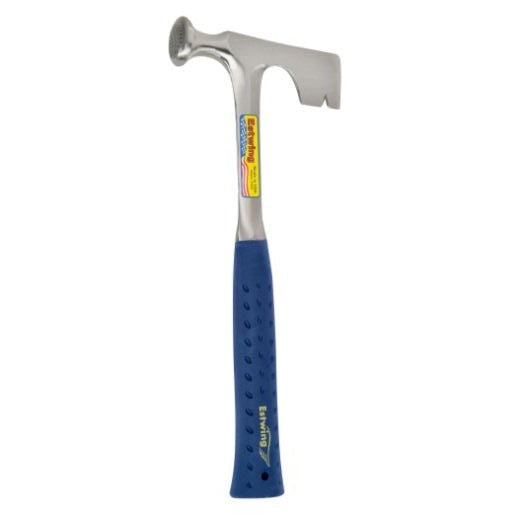
The drywall installation requires specific tools for efficient and precise work. Among these tools, the drywall hammer ( E3 11 ) stands out as a vital instrument for professionals in the construction industry. However, improper use of this tool can lead to mistakes that not only affect the quality of work but also pose safety risks.
Mistake #1: Incorrect Grip
One of the most common mistakes when using a drywall hammer is holding it incorrectly. Many novices tend to grip the handle too tightly, which can result in hand fatigue and reduced control over the hammer's movement. To prevent this, ensure that you hold the hammer for drywall with a firm yet relaxed grip, allowing for better maneuverability and accuracy.
Mistake #2: Using Excessive Force
Another mistake that beginners often make is applying too much force when driving nails into the drywall. This can lead to overdriving the nails, causing them to break through the surface or create indentations that require additional patching. Instead, use the drywall hammer with controlled and measured strikes, allowing the weight of the hammer to do the work rather than relying on excessive force.
Mistake #3: Ignoring Nail Placement
Proper nail placement is crucial for ensuring the stability and integrity of the drywall installation. However, some individuals overlook this aspect and drive nails too close to the edges of the drywall panels or too far apart from each other. To avoid this mistake, carefully position the nails according to the specifications provided, typically around 8-12 inches apart along the studs, and ensure they are driven in at a slight angle to secure the drywall firmly in place.
Mistake #4: Neglecting Safety Precautions
Using a drywall hammer without adhering to safety precautions can result in accidents and injuries. For instance, failing to wear protective gear such as gloves and safety glasses can expose you to risks like splinters, flying debris, and eye injuries. Always prioritize safety by wearing appropriate protective equipment and maintaining awareness of your surroundings to prevent accidents on the job site.
Prevention Tips:
To avoid these common mistakes when using a drywall hammer, follow these simple prevention tips:
- Practice Proper Grip: Hold the hammer with a relaxed yet firm grip to maintain control and reduce hand fatigue.
- Apply Controlled Force: Use measured strikes with the hammer to drive nails without applying excessive force.
- Mind Nail Placement: Position nails accurately and at the correct spacing to ensure secure drywall installation.
- Prioritize Safety: Wear protective gear and stay alert to prevent accidents and injuries on the job site.
In conclusion
Mastering the use of a drywall hammer is essential for achieving professional results in drywall installation projects. By avoiding common mistakes and following proper techniques, you can enhance efficiency, precision, and safety in your work. Remember these tips to make the most of your hammer for drywall and ensure successful outcomes in your construction endeavors. For quality construction tools and equipment, trust Way Source to provide reliable solutions that meet your needs.



















